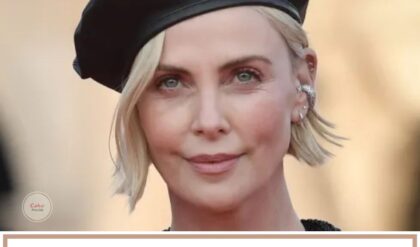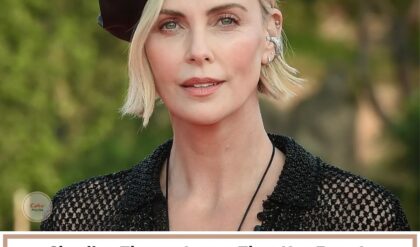As with most biographical dramas, there’s a lot more to Aileen Wuornos’ story than is shown in ‘Monster.’
Patty Jenkins‘ 2003 serial killer biopicMonster is a film that is unforgettable once you see it. This can largely be attributed to Charlize Theron‘s Oscar-winning performance playing Aileen Wuornos, the real-life woman on whom the film is based. While Theron has since denounced method acting, she shaved off her eyebrows and gained thirty pounds for the role, a decision that Jenkins was adamant about. The writer-director even went against the wishes of the movie’s funders who objected to the actress’s physical transformation. Wuornos got the nation’s attention in the early ’90s after killing seven men, and Jenkins‘s interpretation of Aileen’s story for the big screen is powerful, despite facing some criticism for its sympathetic portrayal of Aileen. According to CNN, Jenkins’ goal while making the film was to stay as true as possible to real-life Aileen’s story, which she felt she had achieved when she wrote letters to the incarcerated Aileen, who confirmed many details of the script. While Aileen committed heinous crimes, Monster also allows us to sympathize with her by showing everything she had to endure, facing various forms of abuse from an early age.
Patty Jenkins said that Aileen’s conflicted life drove her to her story. Throughout the movie, Wuornos, at the time working as a sex worker, kills a client who assaults her, another because she feels she is in danger, and another one again because she believes she is doing it for love. Monster focuses on Aileen’s life between 1989 and 1990 when she killed seven men —for which she was nicknamed the “Damsel of Death”— but just how true was the true story behind Monster? As it turns out, there was a lot more to Aileen Wuornos than what was portrayed in the movie. Like any dramatized biopic, some elements had to be fictionalized to create the film that we now know as one of the best serial killer movies ever made.
‘Monster’ is Based on Real-Life Serial Killer Aileen Wuornos
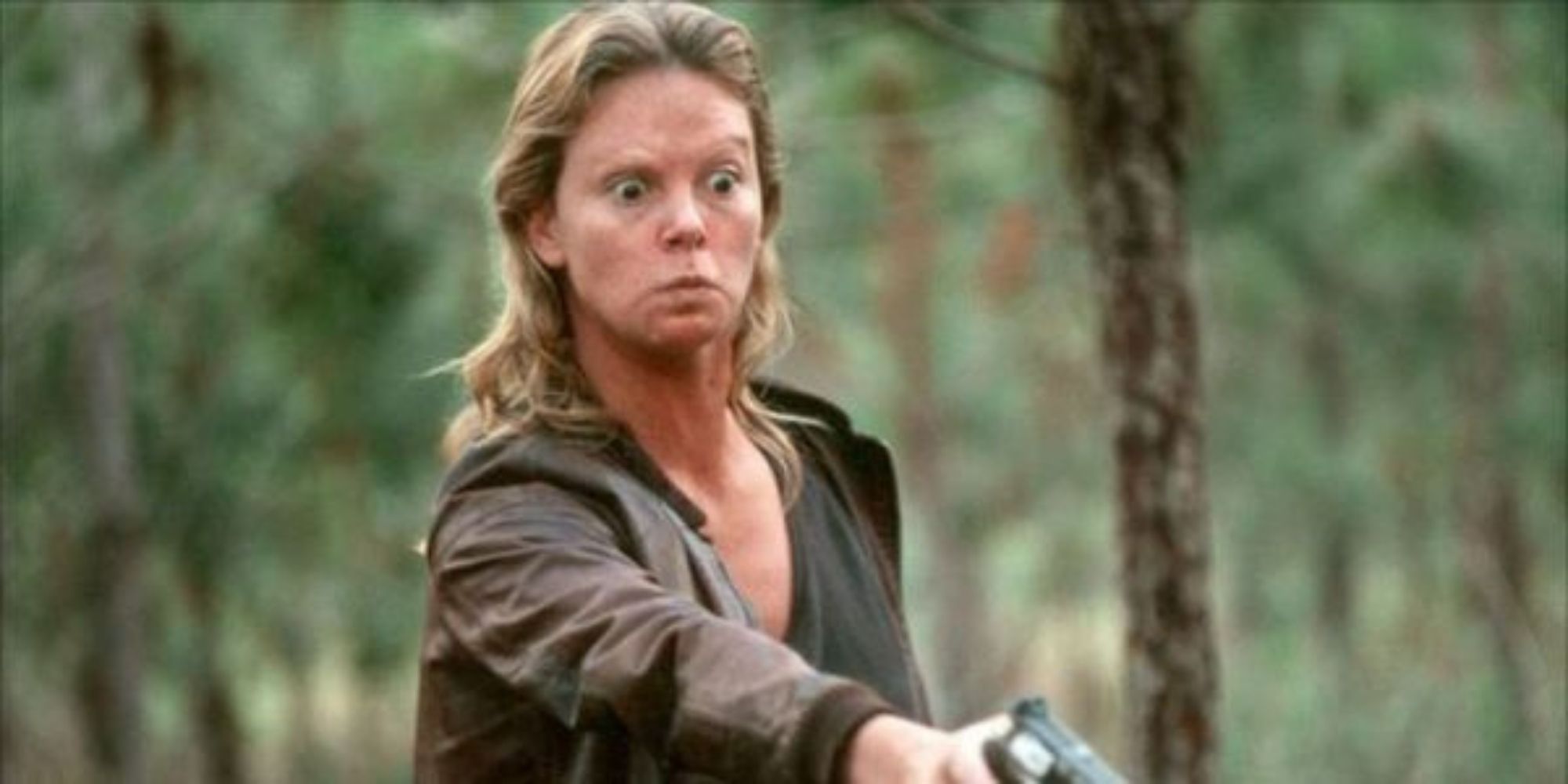
While Monster references parts of Aileen’s traumatic childhood, it doesn’t delve into details. The acclaimed biopic begins by showing Aileen as a child with a bruised face, indicating abuse. Theron’s character in the film also talks about being raped by her father’s friend, getting physically abused by her father for speaking out, and taking up sex work at only thirteen years old. She discusses getting pregnant at the same age and giving up the child for adoption before being kicked out of her home. This portrayal of Aileen’s childhood is largely true, but the real truth is even more tragic.
As per Dead Ends: The Pursuit, Conviction, and Execution of Serial Killer Aileen Wuornos, a book by journalist Michael Reynolds who first broke Aileen’s story in 1990, her teenage mother, Diane Wuornos, abandoned her with her older brother, Keith, at her grandparents’ house after struggling to raise them herself. Aileen’s father had left 16-year-old Diane with the two infants when Aileen was only two months old. Contrary to the Fast & Furious star’s version of events in Monster, it was Aileen’s grandfather and his friend who raped and assaulted her. Other sources also confirm that Aileen never met her biological father. He had been diagnosed with schizophrenia and was already serving prison for sex crimes against children, and died in prison by suicide. As per Vice’s interview with Aileen’s childhood close friend Dawn Botkins, Aileen was bullied by other kids over her sex work, and she had sex with some of them in exchange for drugs. When Aileen told the kids about being raped at thirteen, they did not believe her and instead ridiculed her. Aileen’s childhood is such a tragedy in itself that it would make a worthwhile film on its own. With this revelation, some feel sympathetic toward Aileen that society failed her.
Christina Ricci’s Character in ‘Monster’ is Based on Wuornos’ Real-Life Lover, Tyria Moore
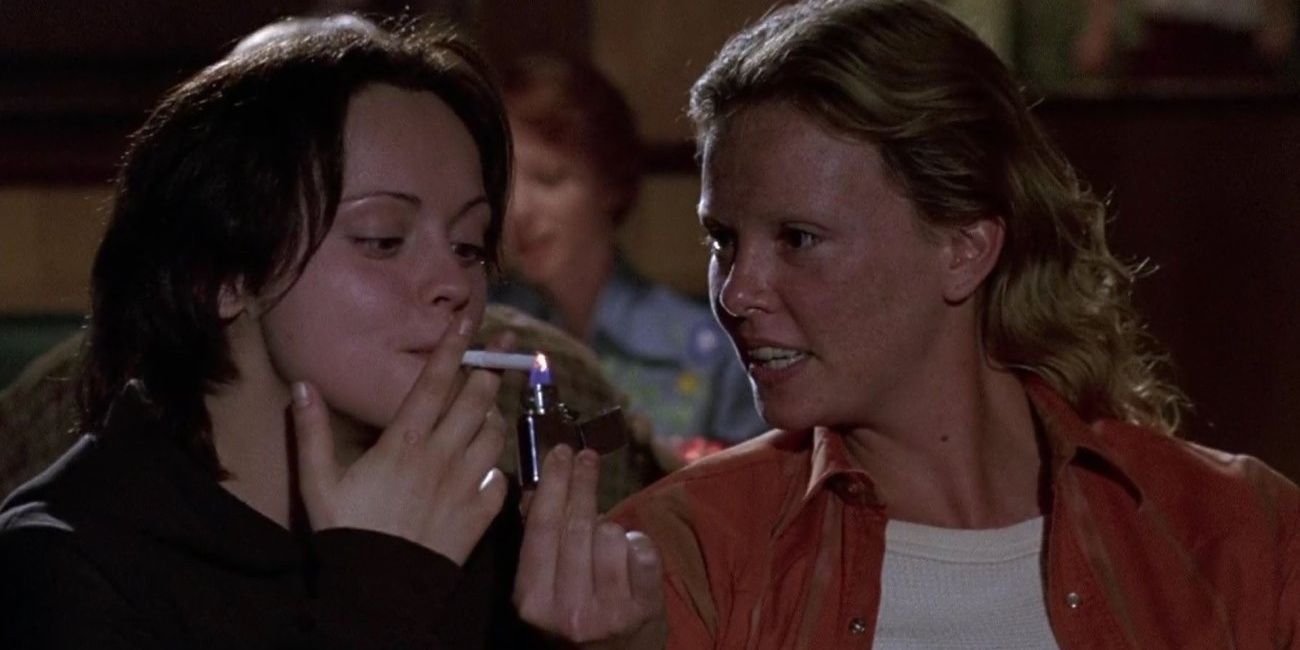
Monster sheds light on Aileen’s life in her thirties when she committed the murders, and the film doesn’t cover her life as an adult before then, including any romantic relationships. In real life, after hitchhiking a ride to Florida from Michigan, Aileen briefly married an older, wealthier man named Lewis Fell, who was 69 years old. Their marriage was short-lived. Nine weeks after their nuptials, Fell obtained a restraining order against Aileen and annulled their marriage, alleging that she had beaten him with his cane. Around the same time, Aileen lost her 21-year-old brother to cancer. His insurance paid her about $10,000, which Aileen reportedly spent on buying a car that she wrecked, alcohol, and drugs.
In Monster, the film explores Aileen’s relationship with a semi-fictionalized love interest, Selby Ward (played by iconic The Addams Family alum, Christina Ricci). In real life, Aileen’s partner was named Tyria Moore. In the film, Ricci’s character, Selby, is Aileen’s opposite both physically and by demeanor: a wounded dove seeking love and acceptance in all the wrong places. The real-life Moore was closer in appearance to Wuornos and was a cleaner at a hotel in Daytona Beach. The two met in 1986, long before Aileen began her killing spree. The film, on the other hand, suggests that Aileen met Selby just before her first murder.
Aileen Wuornos Had Prior Convictions Before Her Murders and Was Legally Adopted While in Prison
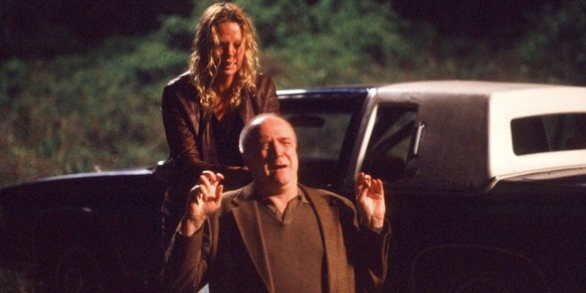
Wuornos is often referred to as “America’s first female serial killer,” although this claim is disputed, and she had a history of violent behavior before her killings. For a decade before Aileen committed the murders, The Los Angeles Times reported that she had run-ins with the law and was convicted of armed robbery. As per Michael Reynolds’s Dead Ends, she was also arrested for DUI, disorderly conduct, and firing a weapon from a moving car. In 1985, she was suspected of having been involved in a gun theft. In 1986, the year she met Moore, she was questioned for armed robbery. Aileen’s brushes with the law showed how deeply troubled she was, and should have been a warning about her potential to turn into something worse: a serial killer.
You’d imagine that Aileen’s life would be less dramatic after she was imprisoned —it wasn’t. Having been adopted as a child by her abusive grandfather, Wuornos was again legally adopted as an adult while in prison, as per the Los Angeles Times report. A horse-breeding couple, Arlene and Robert Pralle, became interested in Aileen’s story and petitioned the court to allow them to adopt her. In an interview with Tampa Bay Times at the time, Arlene Pralle said of her decision to adopt Aileen, “The reason we did it is we want her to know what it feels like to have a family that cares about her.” As per the Los Angeles Times report, Arlene was happy to meet and kiss her legally adopted daughter for the first time. “I felt fulfilled, a sense of completeness and confirmation that what I was doing was correct,” she said. According to Buffalo News, the couple was making money off the interviews they were conducting in the media over her Wuornos’ situation, and she fell out with them soon after.
‘Monster’ Doesn’t Delve Much Into Aileen’s Last Days or Execution
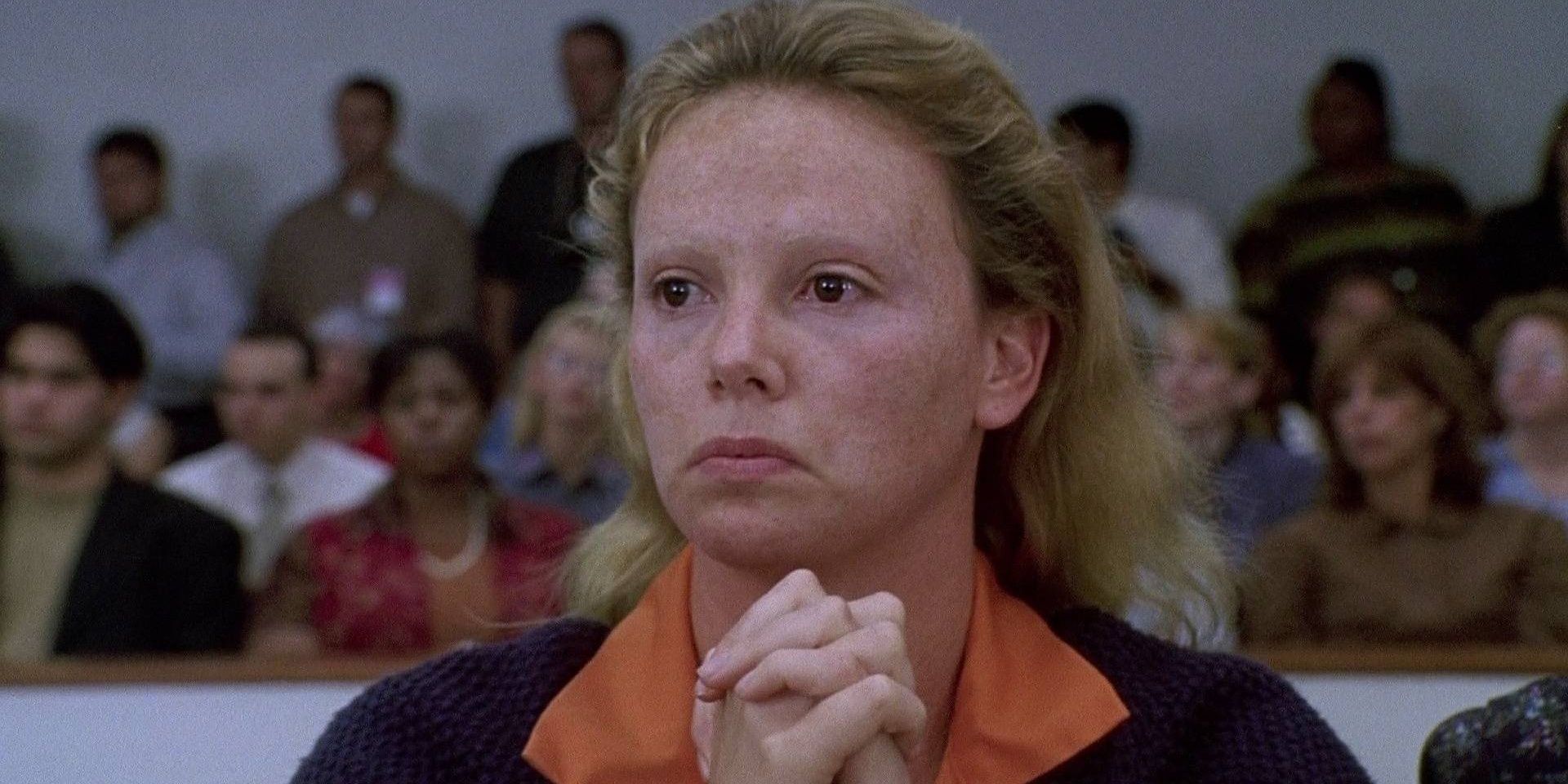
At the end of Monster, we see Aileen dragged out of the courtroom, and screen notes indicate that she was executed by lethal injection. However, the film doesn’t dive into what happened before or after Wuornos’ execution. Aileen had initially tried to appeal the death sentence but was unsuccessful. In a turn of events, she fired her lawyers and recanted her defense, instead admitting to her crimes and choosing the death sentence. As per ABC News, Aileen wrote to the Florida Supreme Court, “I’m one who seriously hates human life and would kill again.” Aileen’s attorney had “grave doubts about her competency to be executed,” but psychiatrists deemed her mentally competent to volunteer for execution.
Monster also doesn’t capture details like her last meal, which is tradition for convicts on death row. Aileen declined the offer for a last meal, which could have been anything under $40, and chose a cup of coffee instead. Her final statement before execution was: “I’d just like to say I’m sailing with the Rock and I’ll be back like ‘Independence Day’ with Jesus, June 6, like the movie, big mother ship and all. I’ll be back.” Even Wuornos acknowledged that her life had been like a movie.
Aileen Wuornos’ story captured the nation’s imagination, and many films, documentaries, books, and other forms of art have been created about her tragic story. Some audiences have sympathized with her, while others have criticized portrayals of her, such as Monster, as being disrespectful to the victims of her crimes because the film does not show their side of the story. Nevertheless, Patty Jenkins’s Monster gave the world a more introspective look at Aileen’s story, although it couldn’t cover everything, as you’d expect in a film running less than two hours while covering a life as complex and conflicted as Aileen Wuornos’.




